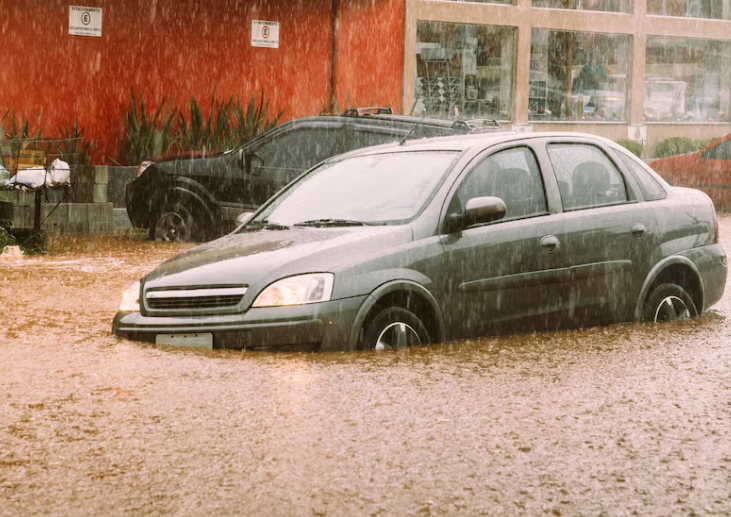Car Insurance and Flood Damage

Coverage Type Determines Protection
Whether your car insurance covers flood damage depends entirely on your specific coverage type. Comprehensive coverage specifically includes protection against flood damage, along with other natural disasters and non-collision incidents. This optional coverage component pays for repairs or replacement (minus your deductible) when your vehicle is damaged by rising water, regardless of whether you were driving or the car was parked. Liability-only or collision-only policies provide absolutely no protection against flood damage, leaving vehicle owners fully responsible for repair or replacement costs after flooding events.
Comprehensive Coverage Details
Comprehensive insurance specifically addresses flood scenarios through multiple protection aspects. Physical damage to your vehicle's engine, electrical system, interior, and body components receives coverage when damaged by flood water. If flood damage is severe enough that repair costs exceed the vehicle's actual cash value, your insurer will declare it a total loss and provide payment for the vehicle's pre-flood market value minus your deductible. This coverage applies regardless of whether the flooding occurred during a major disaster or an isolated incident, though your claim experience may vary depending on how many other claims the insurer is processing simultaneously.
Common Exclusions and Limitations
Even with comprehensive coverage, certain flood-related situations may receive limited or no coverage. Mechanical problems that existed before the flood but worsened afterward typically receive no coverage. Personal belongings damaged inside your flooded vehicle generally aren't covered by auto insurance (though your homeowners or renters policy might cover them). Aftermarket modifications or custom equipment may have limited coverage unless specifically declared and endorsed on your policy. Most importantly, intentionally driving into floodwaters could potentially void coverage if deemed negligent behavior, as most policies exclude damage resulting from intentional or reckless actions.
Post-Flood Damage Claim Process
Filing a flood damage claim requires specific documentation and prompt action. Contact your insurance company immediately after discovering flood damage, as delayed reporting can complicate coverage. Document the damage thoroughly with photos and videos before attempting any cleanup or repairs. Don't start the vehicle if it's been submerged, as this could cause additional damage to the engine and electrical systems. Most insurers will send an adjuster to inspect water damage, usually within a few days of reporting. Keep all receipts for towing, temporary transportation, and emergency measures taken to protect the vehicle from further damage, as these expenses may be reimbursable under your policy.
Comprehensive Coverage Costs vs. Benefits
The financial equation of comprehensive coverage varies based on your vehicle's value and your flood risk. For newer vehicles with substantial market value, comprehensive coverage provides essential protection that often justifies the premium cost, particularly in flood-prone regions. For older vehicles worth less than a few thousand dollars, the annual premium for comprehensive coverage plus your deductible might approach or exceed the vehicle's actual value, potentially making it less financially beneficial.

